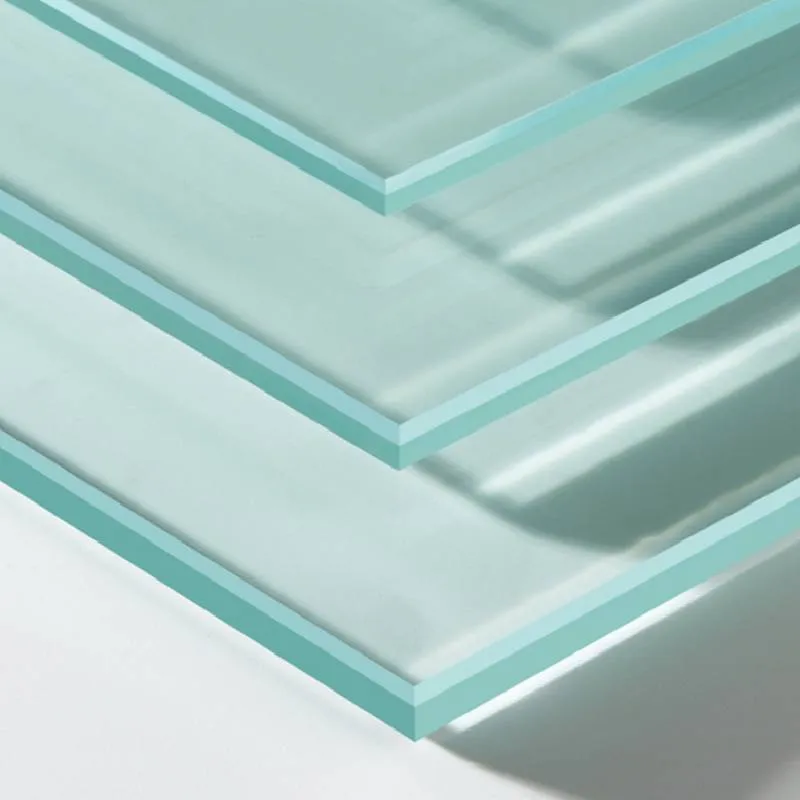Designing Toughened Glass An Overview
Toughened glass, also known as tempered glass, has emerged as a pivotal material in modern architecture and design. It is engineered for enhanced strength, safety, and thermal performance, making it ideal for various applications, from facades to interior elements. The design and production of toughened glass are complex processes that contribute significantly to its unique properties. In this article, we will delve into the design aspects, manufacturing techniques, applications, and advantages of toughened glass.
Understanding Toughened Glass
Toughened glass is created through a specific process that involves heating the glass to very high temperatures and then rapidly cooling it. This thermal treatment increases the glass's strength compared to standard untreated glass, making it more resistant to impact and thermal stress. When broken, toughened glass shatters into small, blunt pieces, reducing the risk of injury. These innate safety features make toughened glass a preferred choice in many design scenarios.
Design Principles
When designing with toughened glass, there are several key principles to consider. Firstly, the thickness and size of the glass play a crucial role in its performance. Designers must calculate the expected loads and stresses based on the application, whether it be structural glazing, balustrades, or shower screens. The selected thickness should align with safety standards while maintaining aesthetic appeal.
Secondly, the design must account for thermal expansion and contraction. As toughened glass is subjected to temperature fluctuations, proper allowances must be made to accommodate movement without causing stress fractures. This is particularly important in environments where direct sunlight might hit the glass surfaces, leading to uneven heating.
Moreover, the integration of toughened glass with other materials can enhance both strength and appearance. Designers often combine glass with metals, wood, or composites to create stunning visual contrasts while ensuring structural integrity. The use of framing systems, supports, and isolators are carefully considered to maintain the design aesthetic while maximizing the glass’s inherent strength.
Manufacturing Techniques
design toughened glass
The manufacturing process of toughened glass consists of several steps. First, raw glass is cut to the desired dimensions and then subjected to a heating process in a furnace. The glass is heated to temperatures around 620 to 680 degrees Celsius (approximately 1148 to 1256 degrees Fahrenheit). Following this, it undergoes rapid cooling using powerful jets of air. This cooling process, known as quenching, is critical as it creates the compressive stresses that give toughened glass its strength.
Quality control is paramount in the production of toughened glass. Manufacturers employ various testing methods to ensure the material meets stringent standards for optical clarity, strength, and thermal stability. Any defects identified during this process can lead to failure, emphasizing the importance of precise workmanship.
Applications and Advantages
The versatility of toughened glass has led to its widespread use in numerous applications. In architecture, it is utilized for windows, facades, and doors, providing both transparency and structural support. In interior design, toughened glass is favored for shower enclosures, partitions, and tabletops due to its sleek appearance and safety features.
Toughened glass also plays a vital role in commercial settings, where it is used in storefronts, balustrades, and atriums. It can withstand high levels of impact and adverse weather conditions, making it a reliable choice for various environments.
The advantages of toughened glass extend beyond safety and strength. Its aesthetic qualities allow for light transmission while providing a seamless, modern look. The ability to customize toughened glass with tints, patterns, or frosted finishes enhances its design potential, catering to diverse architectural styles.
Conclusion
Designing with toughened glass offers immense potential in creating safe, aesthetically pleasing, and functional spaces. As technology advances and manufacturing techniques improve, the possibilities for incorporating toughened glass into innovative designs continue to expand. Whether in residential, commercial, or industrial applications, toughened glass will undoubtedly remain a cornerstone of modern design, benefiting both function and form.
 Afrikaans
Afrikaans  Albanian
Albanian  Amharic
Amharic  Arabic
Arabic  Armenian
Armenian  Azerbaijani
Azerbaijani  Basque
Basque  Belarusian
Belarusian  Bengali
Bengali  Bosnian
Bosnian  Bulgarian
Bulgarian  Catalan
Catalan  Cebuano
Cebuano  Corsican
Corsican  Croatian
Croatian  Czech
Czech  Danish
Danish  Dutch
Dutch  English
English  Esperanto
Esperanto  Estonian
Estonian  Finnish
Finnish  French
French  Frisian
Frisian  Galician
Galician  Georgian
Georgian  German
German  Greek
Greek  Gujarati
Gujarati  Haitian Creole
Haitian Creole  hausa
hausa  hawaiian
hawaiian  Hebrew
Hebrew  Hindi
Hindi  Miao
Miao  Hungarian
Hungarian  Icelandic
Icelandic  igbo
igbo  Indonesian
Indonesian  irish
irish  Italian
Italian  Japanese
Japanese  Javanese
Javanese  Kannada
Kannada  kazakh
kazakh  Khmer
Khmer  Rwandese
Rwandese  Korean
Korean  Kurdish
Kurdish  Kyrgyz
Kyrgyz  Lao
Lao  Latin
Latin  Latvian
Latvian  Lithuanian
Lithuanian  Luxembourgish
Luxembourgish  Macedonian
Macedonian  Malgashi
Malgashi  Malay
Malay  Malayalam
Malayalam  Maltese
Maltese  Maori
Maori  Marathi
Marathi  Mongolian
Mongolian  Myanmar
Myanmar  Nepali
Nepali  Norwegian
Norwegian  Norwegian
Norwegian  Occitan
Occitan  Pashto
Pashto  Persian
Persian  Polish
Polish  Portuguese
Portuguese  Punjabi
Punjabi  Romanian
Romanian  Russian
Russian  Samoan
Samoan  Scottish Gaelic
Scottish Gaelic  Serbian
Serbian  Sesotho
Sesotho  Shona
Shona  Sindhi
Sindhi  Sinhala
Sinhala  Slovak
Slovak  Slovenian
Slovenian  Somali
Somali  Spanish
Spanish  Sundanese
Sundanese  Swahili
Swahili  Swedish
Swedish  Tagalog
Tagalog  Tajik
Tajik  Tamil
Tamil  Tatar
Tatar  Telugu
Telugu  Thai
Thai  Turkish
Turkish  Turkmen
Turkmen  Ukrainian
Ukrainian  Urdu
Urdu  Uighur
Uighur  Uzbek
Uzbek  Vietnamese
Vietnamese  Welsh
Welsh  Bantu
Bantu  Yiddish
Yiddish  Yoruba
Yoruba  Zulu
Zulu 

